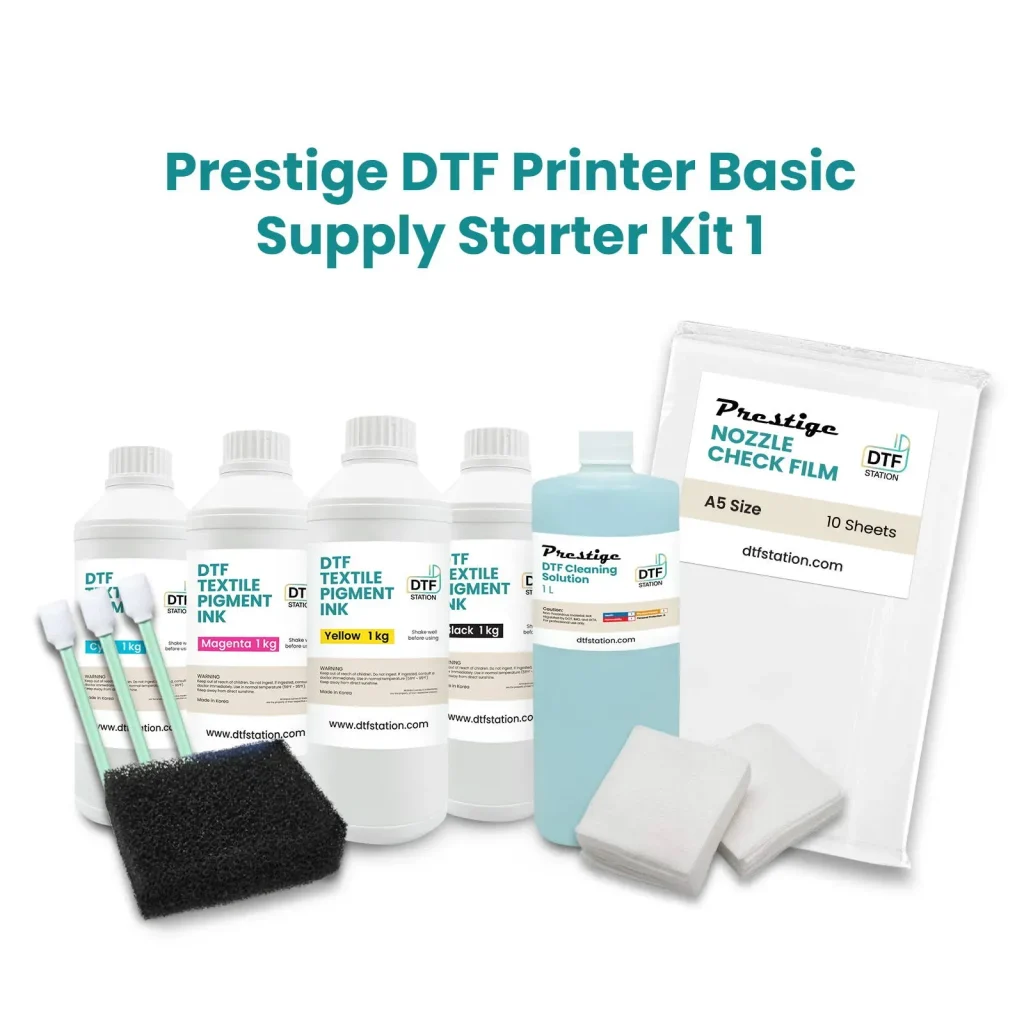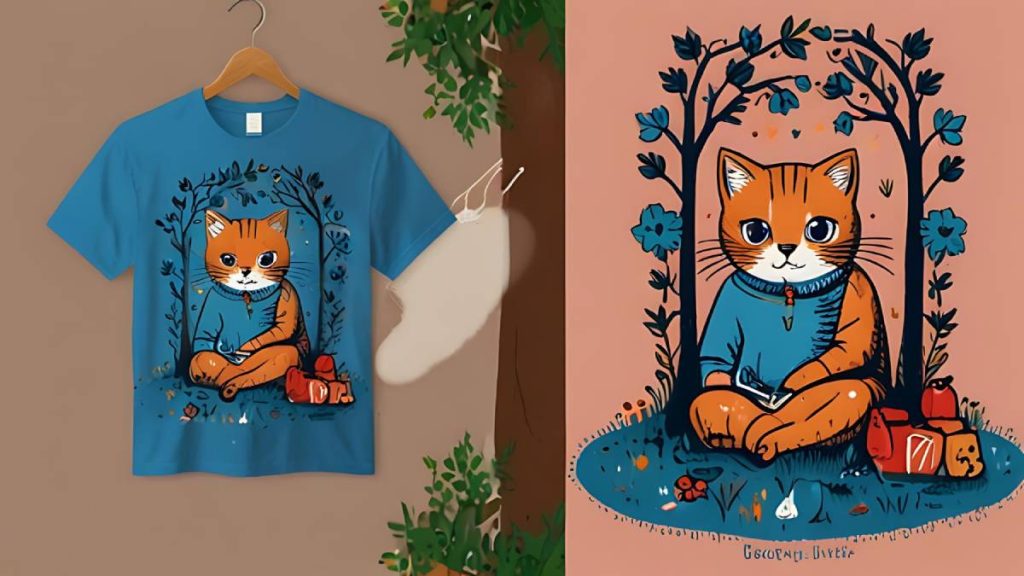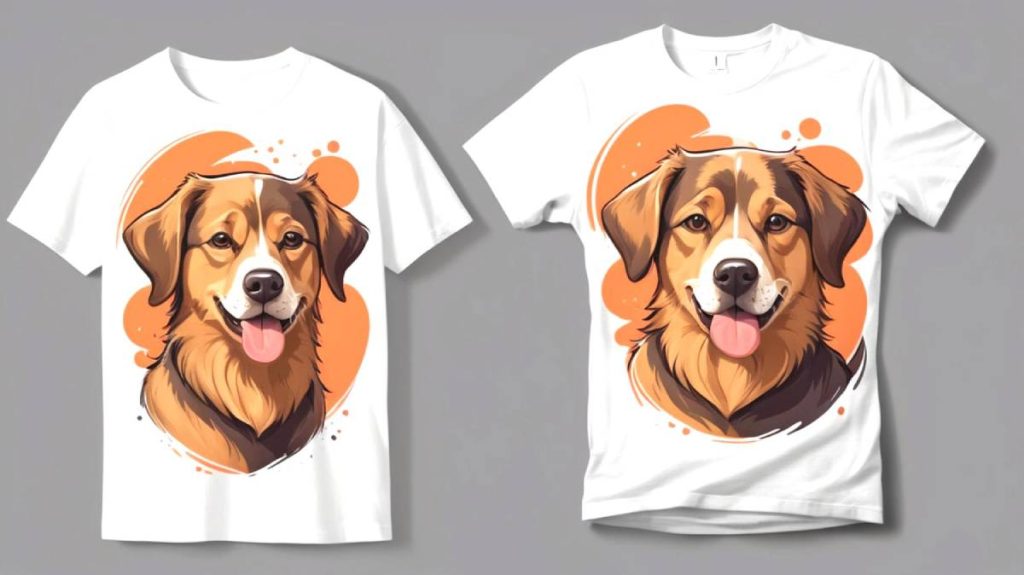DTF supplies play a pivotal role in the booming world of Direct-to-Film (DTF) printing, a technique celebrated for its ability to deliver vivid and high-quality prints on a variety of textiles. As this innovative process gains traction among crafters and small businesses, the importance of selecting the right materials cannot be overstated. Key components such as DTF inks, transfer films, and adhesives significantly influence print quality and durability, ensuring that your designs not only look stunning but also stand the test of time. In this guide, we will delve into the essentials of DTF supplies, highlighting the best DTF materials needed to elevate your printing projects. Preparing yourself with the right knowledge can transform your DTF printing experience and results, unlocking the true potential of your creativity.
In the realm of textile printing, the emergence of direct-to-film (DTF) technology has revolutionized how designs are transferred onto fabrics. Often referred to as film transfer printing, this process utilizes specialized inks and films to create impressive designs that adhere seamlessly to a wide range of materials. Understanding the array of materials involved, including the inks used in this method and the transfer solutions required, is crucial for achieving optimal results. Whether it’s selecting the right adhesive powders or the most compatible printing equipment, knowledge of the best printing supplies will greatly enhance your craftsmanship. By exploring these essential components, you can ensure that your custom prints are not only vivid and long-lasting but also standout creations in a competitive market.
Understanding DTF Printing: The Basics of Direct-to-Film Technique
DTF printing, or direct-to-film printing, is revolutionizing the way graphic designs are transferred onto textiles. This method involves specially formulated DTF inks and a unique process whereby the ink is printed onto a special transfer film before being applied to the fabric using heat. By leveraging high-end printers equipped with the best DTF materials, users can create highly detailed and vibrant prints that are both durable and appealing. Understanding this process is crucial for crafters and businesses aiming to elevate their printing capabilities.
What sets DTF apart from traditional printing methods is its versatility. It allows for printing on a wide array of fabrics, making it ideal for everything from t-shirts to bags. As a crafters’ go-to choice, DTF printing not only saves time but also enhances customization options with the ability to produce unique designs that speak to individual preferences. Users interested in exploring this method should consider the essential DTF supplies that contribute to successful printing.
Frequently Asked Questions
What are the best DTF supplies for high-quality printing?
The best DTF supplies for high-quality printing include high-quality DTF inks, appropriate transfer films, effective adhesives, and specialized DTF printers. Chosen carefully, these materials ensure vibrant colors and durability, significantly enhancing print quality.
How do DTF inks impact the quality of my prints?
DTF inks are critical as they are specifically formulated for superior adhesion during the transfer process. High-quality pigments contribute to vivid colors and ensure durability against fading and washing, ultimately affecting the overall print quality.
What types of transfer films are recommended for DTF printing?
Recommended transfer films for DTF printing vary in thickness and transparency. Thinner films conform better to fabric while maintaining intricate designs, whereas thicker films offer durability. Choosing the right film depends on your specific printing needs.
How do I choose the right adhesive for DTF printing?
When choosing an adhesive for DTF printing, look for DTF-specific adhesives designed to create a strong bond between printed ink and fabric. It’s also important to consider the application requirements, such as curing time and temperature.
Can any printer be used for DTF printing?
While some standard inkjet printers can be used for DTF printing, it is best to use specialized DTF printers for superior results. A high-resolution printer that is compatible with your DTF inks will provide the best performance and print quality.
Are environmentally friendly DTF supplies available?
Yes, there is an increasing availability of environmentally friendly DTF supplies, including eco-friendly DTF inks and transfer films. These sustainable options appeal to environmentally conscious consumers while maintaining print quality.
| Key Points | Details |
|---|---|
| Overview of DTF Printing | DTF involves transferring ink from a film to fabric using heat and pressure, producing durable prints. |
| DTF Inks | Critical for adhesion, choose high-quality pigments, compatible with your printer, and with good adhesion properties. |
| Transfer Films | Choose based on thickness, transparency, and heat resistance for better conformity and durability. |
| Adhesives | Use DTF-specific adhesives that promote strong bonding between ink and fabric. |
| Printers | Consider high-resolution, compatible, and user-friendly printers for optimal printing results. |
| Current Trends | Incorporating eco-friendly supplies, customization, and technology for quality assurance in printing. |
Summary
DTF supplies are essential for achieving remarkable prints in the world of Direct-to-Film printing. When you invest in high-quality DTF inks, suitable transfer films, effective adhesives, and reliable printers, your printing projects are set to yield outstanding results. The focus on sustainability is reshaping the industry, with eco-friendly materials gaining traction among conscientious consumers. By staying informed about the latest trends and innovations in DTF printing, you can enhance your work while appealing to a broad clientele as you create vibrant, long-lasting designs that leave a lasting impression.



